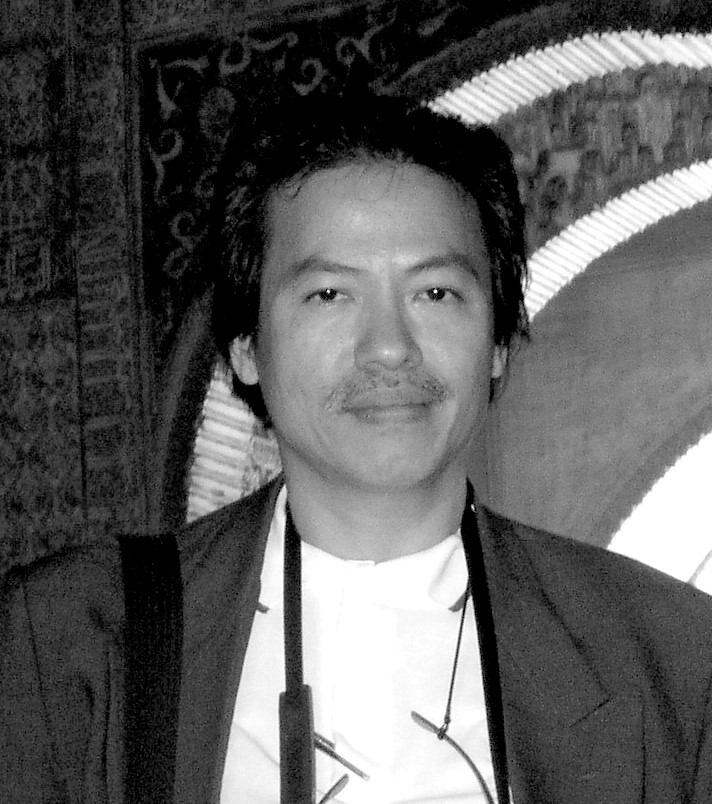Ooi Kee Beng follows up with Tan Twan Eng to chat about what motivates him and finds out that oftentimes, it’s the little things in life that inspire the most.
What fascinates me greatly about your writing is your ability—and your apparent need—to embellish your narration with sensitive descriptions of some act or item occurring on the side. This technique is very suggestive. The reader’s curiosity is aroused. Is this, on your part, a conscious technique, as I rudely call it, or is this how you notice the world?
That’s how I observe and experience the world, how I strive to understand and replicate those observations and sensations. Whenever I’m in a place (a room, a friend’s house) or a situation—a city or the countryside, for example—I’m unable to drink in all that I see and sense. But something smaller will catch my interest: an object, a painting, a stack of books, a scent, the way the light falls on a patch of leaves or the way someone moves or gestures.
When I first started writing novels, I wanted to describe everything, but over the years I’ve come to realise that it’s more effective and powerful to leave things unstated; the air after the wind has died away is more evocative than the moments when it was gusting and shaking the leaves. Rather than tell the readers what my characters are feeling, I prefer to let the readers come to their own conclusions.





